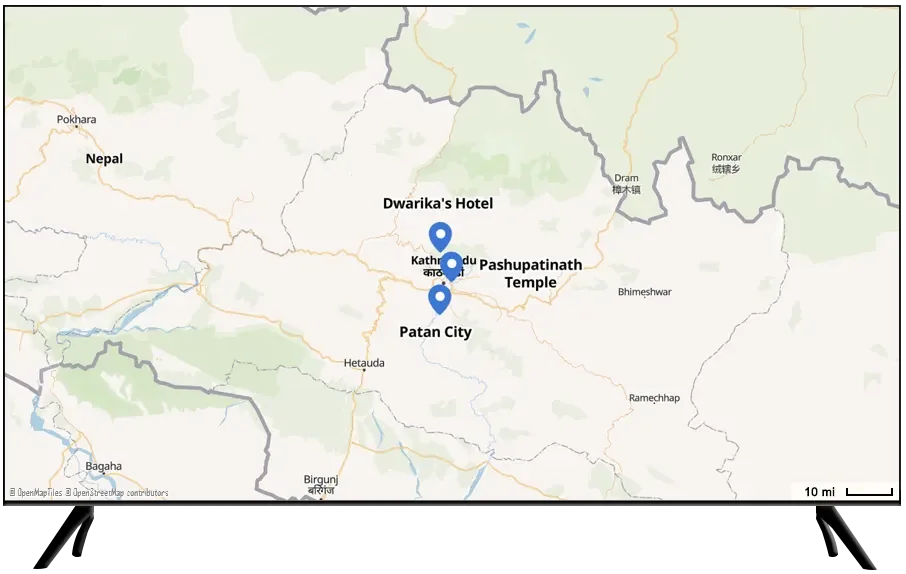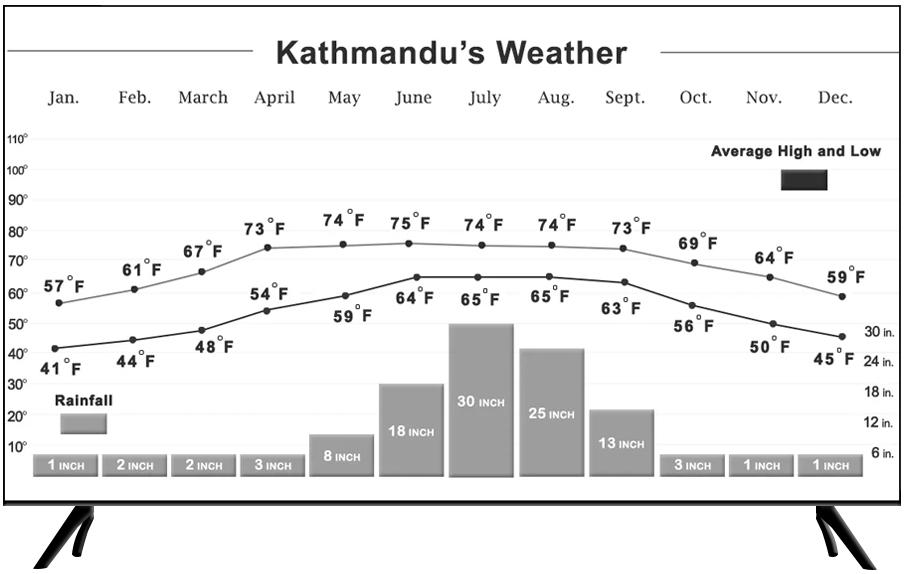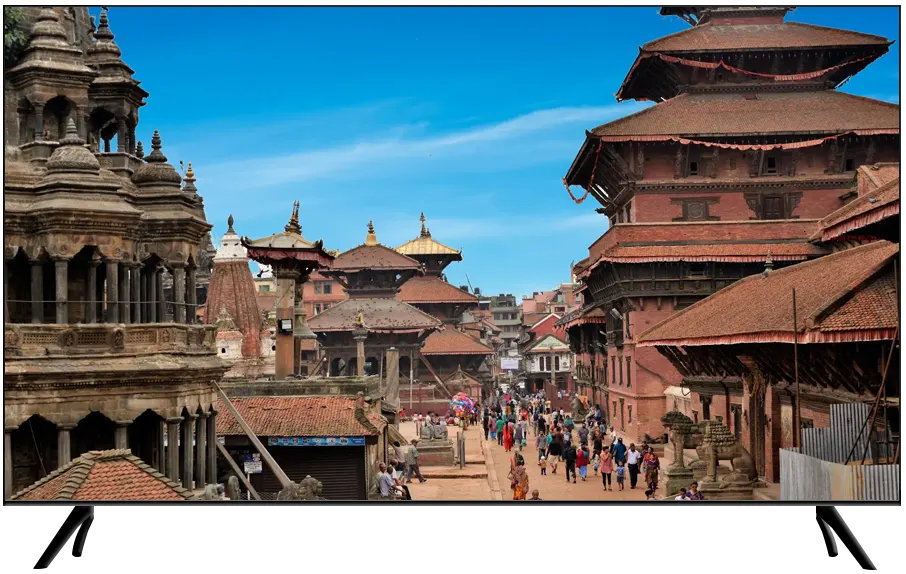


Day 10. Kathmandu
Overnight – Dwarika's Hotel
Today you will experience a tour of Patan City, one of the three queen cities of the valley. Another UNESCO world Heritage Site, although some structures here were damaged or destroyed by the 2015 earthquake, much of the amazing historic site remains, and is more than well worth a visit. Patan is the city of fine arts, and you will start with an exploration of the Durbar Square. The museum here houses a collection of ancient bronzes and religious objects. Other noteworthy monuments are the impressive carvings at the 17th century Krishna Mandir and Mahavihar, and the 12th century Temple of the Buddha.
From here you will proceed for a tour of Pashupatinath Temple, a UNESCO World Heritage Site and one of the most sacred Hindu shrines in the world. Originally built around 2400 years ago, the spectacular temple was reconstructed by a Nepalese king in the 15th century after the original wooden structure was (purportedly) consumed by termites. A lesser-known fact among western visitors is that Nepal’s natives are primarily Hindus (over 80%), and Pashupatinath’s surrounding area is dotted with ancient Hindu shrines and ashrams, as well as a steady stream of pilgrims and worshippers.
Nepal’s holy river Bagmati flows through here and its banks are constant witnesses to Hindu ceremonies for the dead and the living. There is a cremation area where pyres are always present, and your Guide will ask you for a mindful approach in these areas. The main temple and most of the surrounding shrines received no damage in the 2015 earthquake.
Afternoon – You can return back to your lodge or continue exploring Kathmandu with your guide and chauffeur, who are available to you until 5 PM for further excursions – there are a lot of fascinating options which you can discuss with your guide, who will tailor your tour to fit your preferences.
Today you will experience a tour of Patan City, one of the three queen cities of the valley. Another UNESCO world Heritage Site, although some structures here were damaged or destroyed by the 2015 earthquake, much of the amazing historic site remains, and is more than well worth a visit. Patan is the city of fine arts, and you will start with an exploration of the Durbar Square. The museum here houses a collection of ancient bronzes and religious objects. Other noteworthy monuments are the impressive carvings at the 17th century Krishna Mandir and Mahavihar, and the 12th century Temple of the Buddha.
From here you will proceed for a tour of Pashupatinath Temple, a UNESCO World Heritage Site and one of the most sacred Hindu shrines in the world. Originally built around 2400 years ago, the spectacular temple was reconstructed by a Nepalese king in the 15th century after the original wooden structure was (purportedly) consumed by termites. A lesser-known fact among western visitors is that Nepal’s natives are primarily Hindus (over 80%), and Pashupatinath’s surrounding area is dotted with ancient Hindu shrines and ashrams, as well as a steady stream of pilgrims and worshippers.
Nepal’s holy river Bagmati flows through here and its banks are constant witnesses to Hindu ceremonies for the dead and the living. There is a cremation area where pyres are always present, and your Guide will ask you for a mindful approach in these areas. The main temple and most of the surrounding shrines received no damage in the 2015 earthquake.
Afternoon – You can return back to your lodge or continue exploring Kathmandu with your guide and chauffeur, who are available to you until 5 PM for further excursions – there are a lot of fascinating options which you can discuss with your guide, who will tailor your tour to fit your preferences.

